Author: Alex Shanks-Abel
In addition to being a tasty alternative to beer, hard cider is incredibly easy to make and requires a fraction of the brewing time– just toss some yeast into apple juice or cider and you’re off to the races. Similar to beer, there are a variety of different types of cider, one of the most popular being fruit cider where one’s desired fruit is added, usually at some point during fermentation, to create a unique spin on this classic fermented beverage.
Cider makers generally agree that to reduce the risk of contamination, fruit is best pasteurized prior to being added to cider, but there are varying opinions on how the fruit should be treated. Whereas some prefer simply rough chopping their fruit, others opt to break it down as much as possible through maceration or blending with the twofold goal of extracting all of the fruitiness from the flesh while making the sugars more easily accessible by the yeast. However, some have claimed that pureeing fruit can lead to certain undesirable characteristics.
I enjoy having a nice fruit cider on tap and have tended to refrain from over-processing the fruit prior to adding it; rather, I typically rough chop whatever fruit I’m using, freeze it, then hand-mush it after defrosting prior to tossing it into the fermenting cider. With a peach cider on deck, I began wondering how different levels of fruit processing affect the final outcome, particularly the impact of pureeing fruit, and designed an xBmt to test it out for myself.
| PURPOSE |
To evaluate the differences between a peach cider where the fruit was either pureed or added in larger chunks during fermentation.
| METHODS |
For this batch of hard cider, I went with store-bought apple and frozen sliced peaches.
Fuzzy Gala
4.5 gallons store-bought apple juice
10 lbs/4.5 kg frozen sliced peaches
0.5 grams Sodium Metabisulfite
I started off by heading to my local grocery store to pick up enough apple juice and frozen peaches for two 5 gallon/19 liter batches of fruit cider.
Since I would be blending the juice with the fruit prior to pitching yeast, I blended 10 lbs/4.5 kg of the frozen peaches and added the resultant puree to one fermentation keg.
Into the other fermenter, I added the same amount of sliced peaches directly from the package.
With the peaches added to each fermentation keg, I poured 4.5 gallons/17 liters of apple juice into each one.
I then pitched a pouch of Imperial Yeast A01 House into each batch, both of which were at 62˚F/17˚C.
At this point, I used some leftover juice to take a hydrometer measurements.
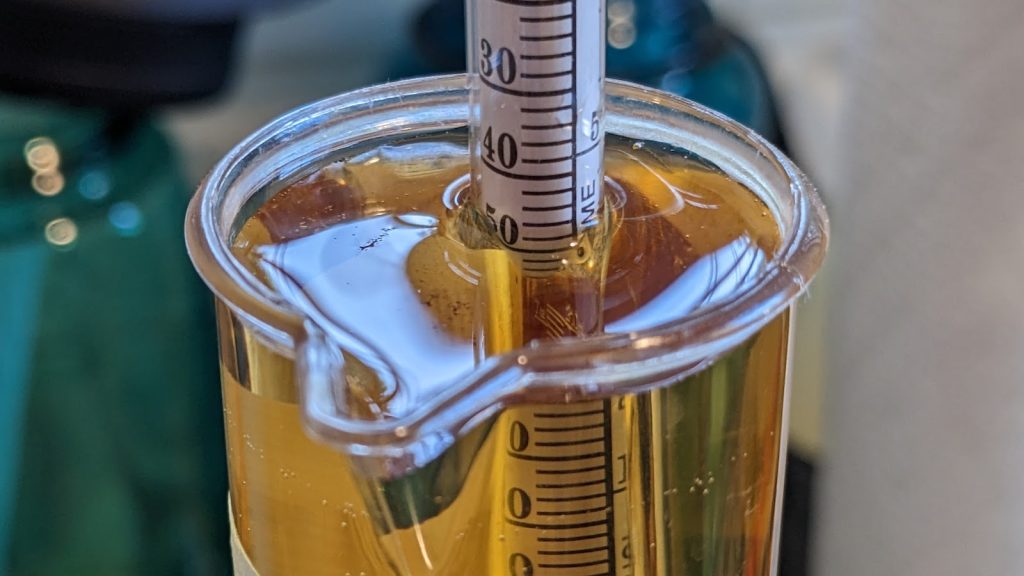
Next, after shaking both fermentation kegs to homogenize the juice and peaches, I took hydrometer measurements of each batch and found a curiously stark difference that was obviously inaccurate. Perhaps something about adding fruit puree affects how hydrometers work? I’m trusting the 1.050 OG of the batch with sliced peaches, as I’m confident the pureed peaches didn’t reduce the SG.
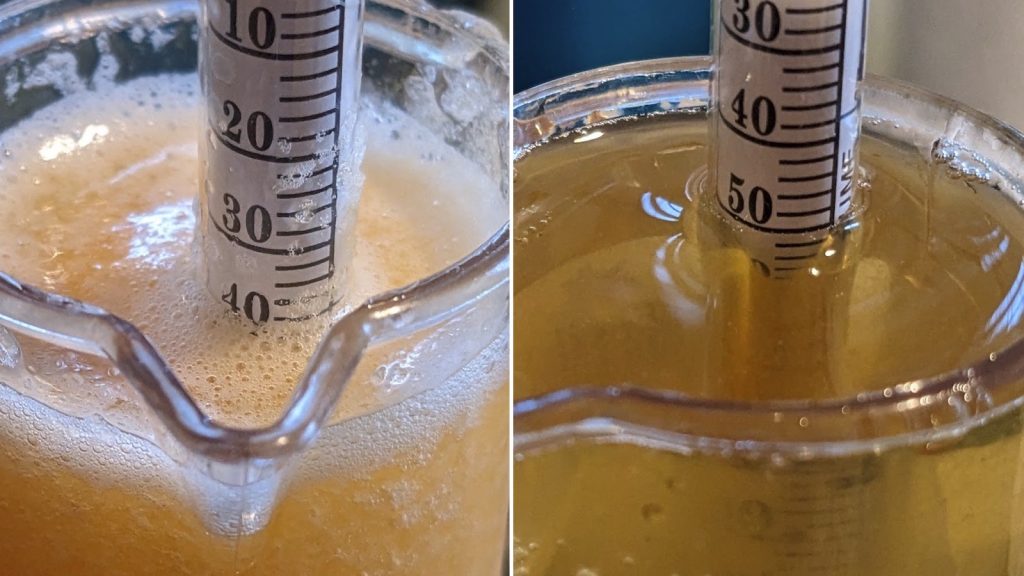
The fermenters were placed next to each other in my chamber where they were allowed to gently rise to 70˚F/21˚C.
I started taking hydrometer measurements a week into fermentation and found that while the batch with pureed peaches stabilized after 9 days, the batch made with sliced peaches required an additional week to reach FG. The former also finished 0.001 SG point higher than the latter.
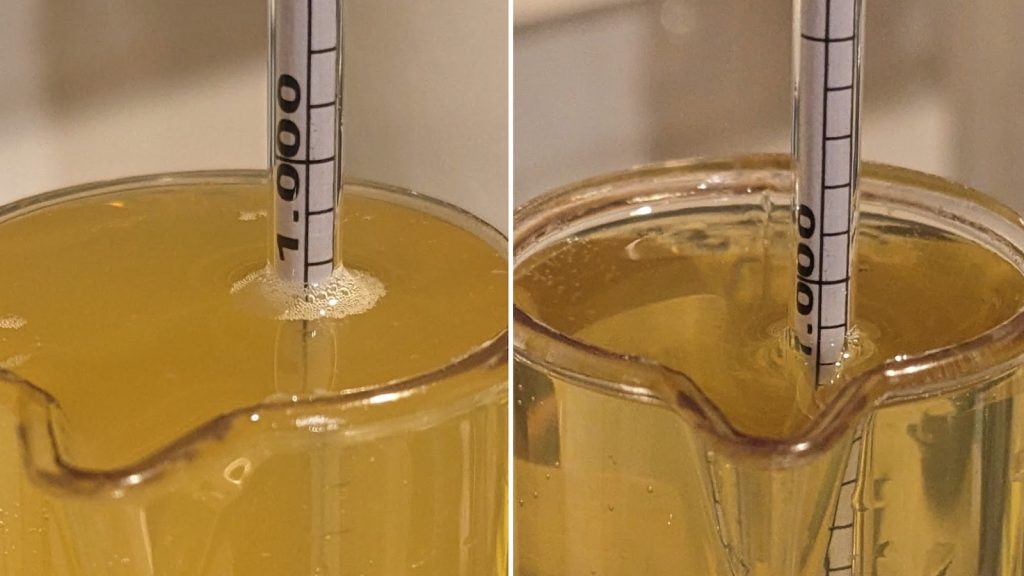
With fermentation complete, I cold-crashed the ciders overnight before pressure transferring them to serving kegs that were placed on gas in my keezer. After 6 weeks of conditioning, the peach ciders were carbonated and ready for evaluation.
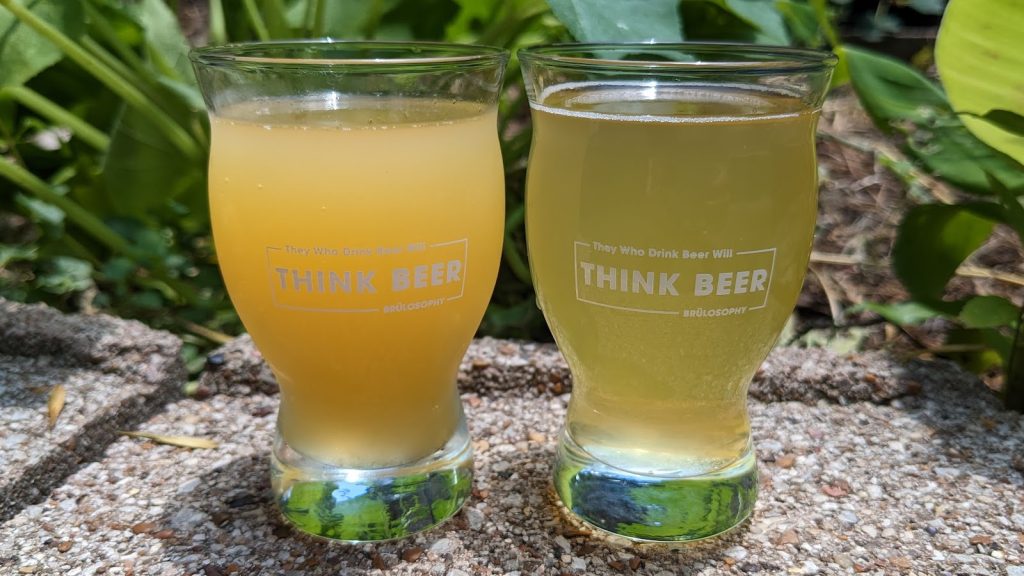
| RESULTS |
A total of 26 people of varying levels of experience participated in this xBmt. Each participant was served 1 sample of the cider made with pureed peaches and 2 samples of the cider made with sliced peaches in different colored opaque cups then asked to identify the unique sample. While 14 tasters (p<0.05) would have had to accurately identify the unique sample in order to reach statistical significance, only 10 did (p=0.36), indicating participants in this xBmt were unable to reliably distinguish a fruit cider where peaches were pureed prior to being adding to the must and one where the peaches were only sliced before being added.
My Impressions: Out of the 5 semi-blind triangle tests I attempted, I was able to correctly guess the unique sample just once. While I could easily tell these ciders apart based on appearance alone, once this was hidden from me, they smelled and tasted identical, which I did not expect. Both possessed solid peach flavor that beautifully balanced the otherwise dry cider.
| DISCUSSION |
Adding fruit to cider is a popular way to increase the variety of what’s on tap that involves minimal extra cost and effort. In making such additions, some add larger chunks of fruit during fermentation while others prefer blending the fruit into a puree prior to adding it, a process that can purportedly lead to noticeable differences in the final outcome of the cider. Interestingly, tasters in this xBmt were unable to reliably distinguish a fruit cider where peaches were pureed prior to being adding to the must and one where the peaches were only sliced before being added.
While the ciders in this xBmt may not have been easy for tasters to tell apart in terms of aroma, flavor, and mouthfeel, the area place they differed substantially was appearance, with the batch dosed with pureed peaching being noticeably hazier. One possible explanation for this is that pureeing fruit somehow results in more pectin being released into the cider, which is known to lead to a cloudier appearance while having minimal if any impact on flavor.
While I’ve historically added fruit to cider in larger chunks, considering neither tasters nor I could tell these ciders apart with any consistency, I definitely plan to puree my fruit in the future. Not only did I appreciate the quicker attenuation time of the batch dosed with pureed fruit, but I also happened to like the way it made the cider look, nice and juicy. For those who prefer a clearer cider, assuming the haze was a function of pectin, the use of pectic enzyme may very well help with the appearance.
If you have any thoughts about this xBmt, please do not hesitate to share in the comments section below!
Support Brülosophy In Style!
All designs are available in various colors and sizes on Amazon!
Follow Brülosophy on:
FACEBOOK | TWITTER | INSTAGRAM
If you enjoy this stuff and feel compelled to support Brulosophy.com, please check out the Support page for details on how you can very easily do so. Thanks!


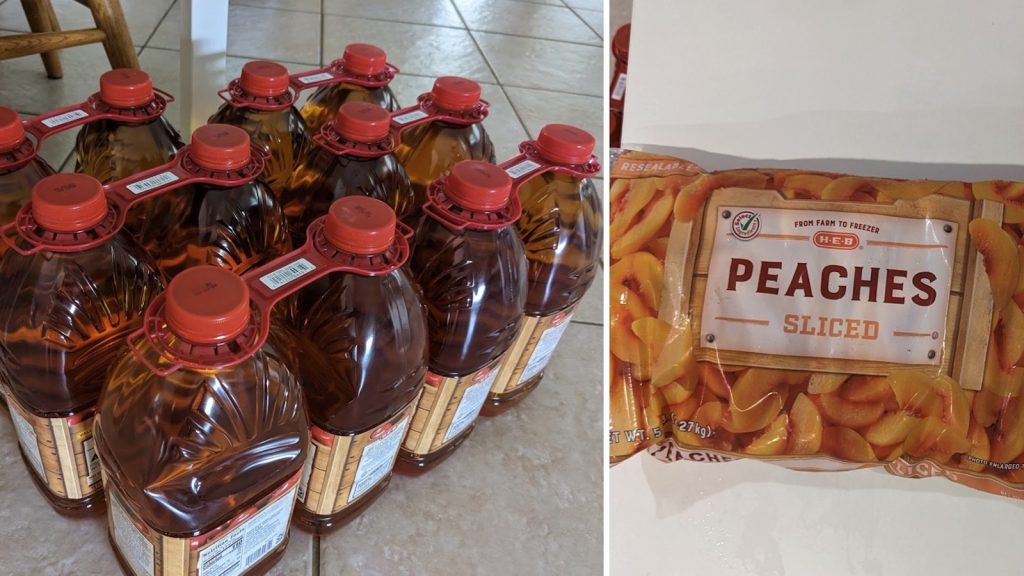
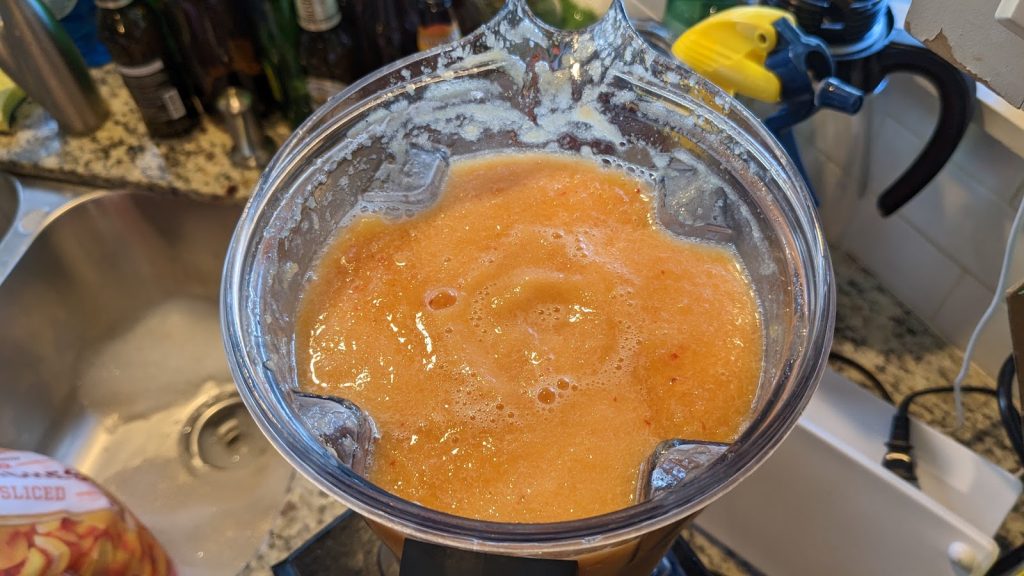
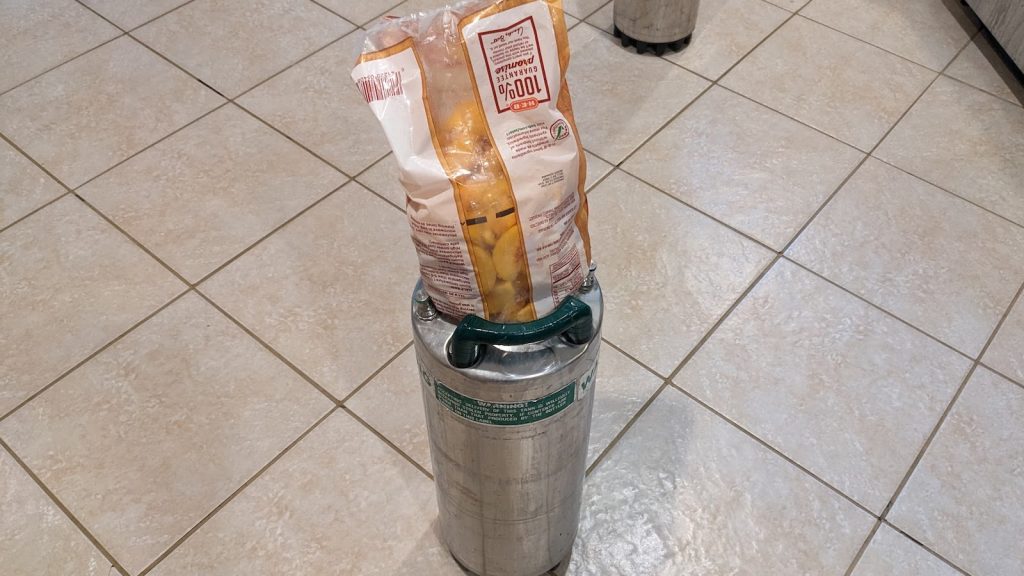
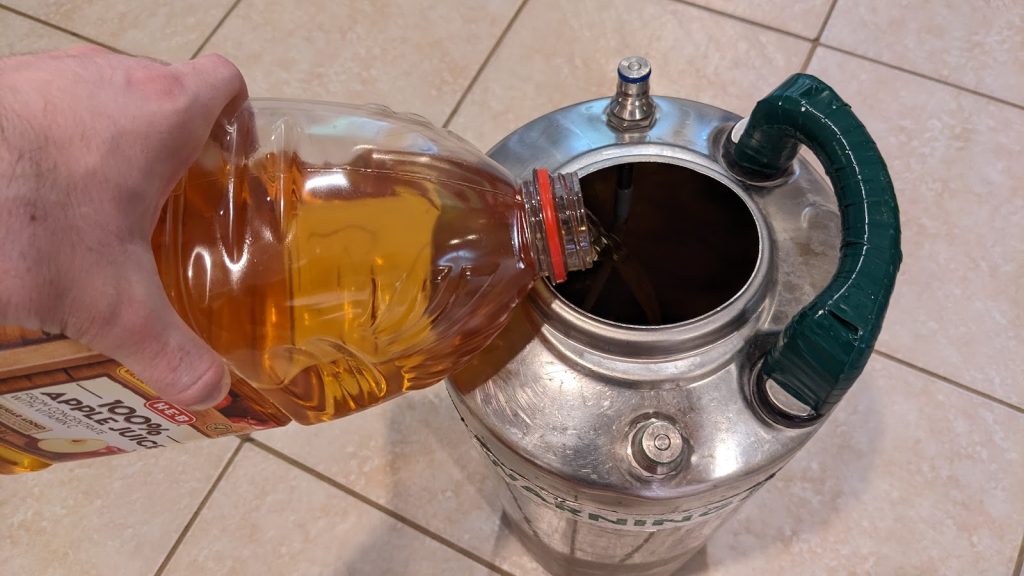
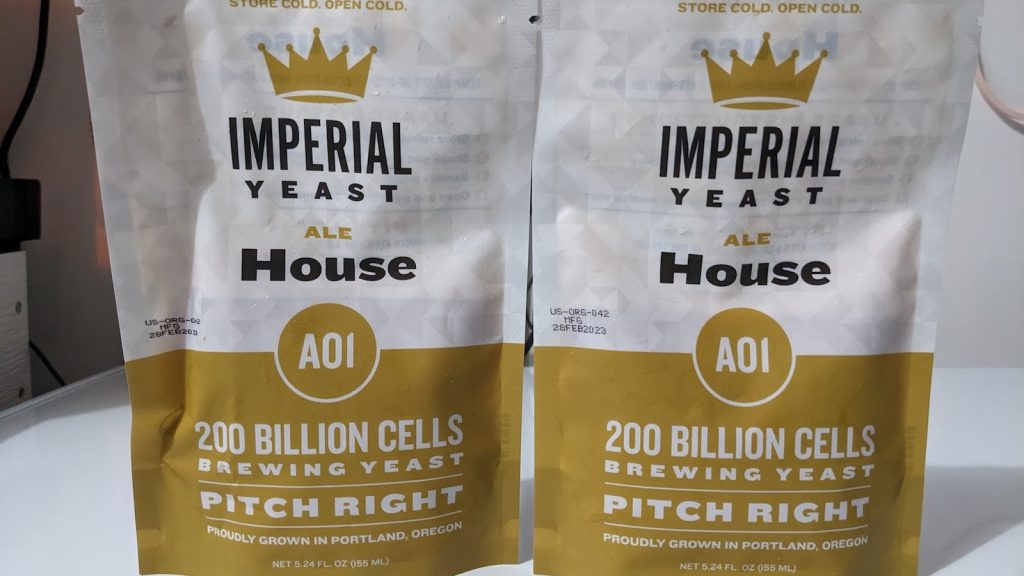
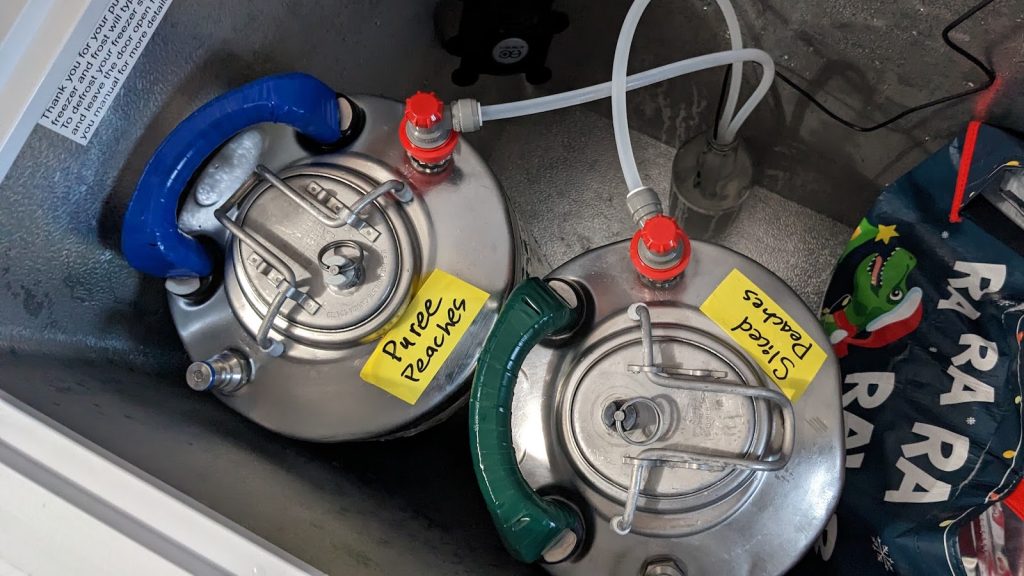











4 thoughts on “exBEERiment | Impact Pureeing Fruit Has On A Hard Cider”
The 1.040 is more than likely the accurate measurement. The peaches and their juice are dissolved in the pureed version, while they are initially only displacing the juice in the whole fruit batch.
I don’t think so, the pureed version shows lots of air bubbles, that’ll have an impact on the density measurement. In all likelihood neither measurement is a good measure of the true starting gravity. For the rough chopped peaches there hasn’t been time for the sugars to mix. For the puree version there’s air in the mix.
Slightly off topic, but I like your fermentation in kegs. How do you keep the fruit from getting stuck while pressure transfer?
I use a double-filter floating dip tube, specifically the FLOTit 2.0! It’s a little pricey, but it’s never failed me.
https://www.ebay.com/itm/284010813720?var=585568855739